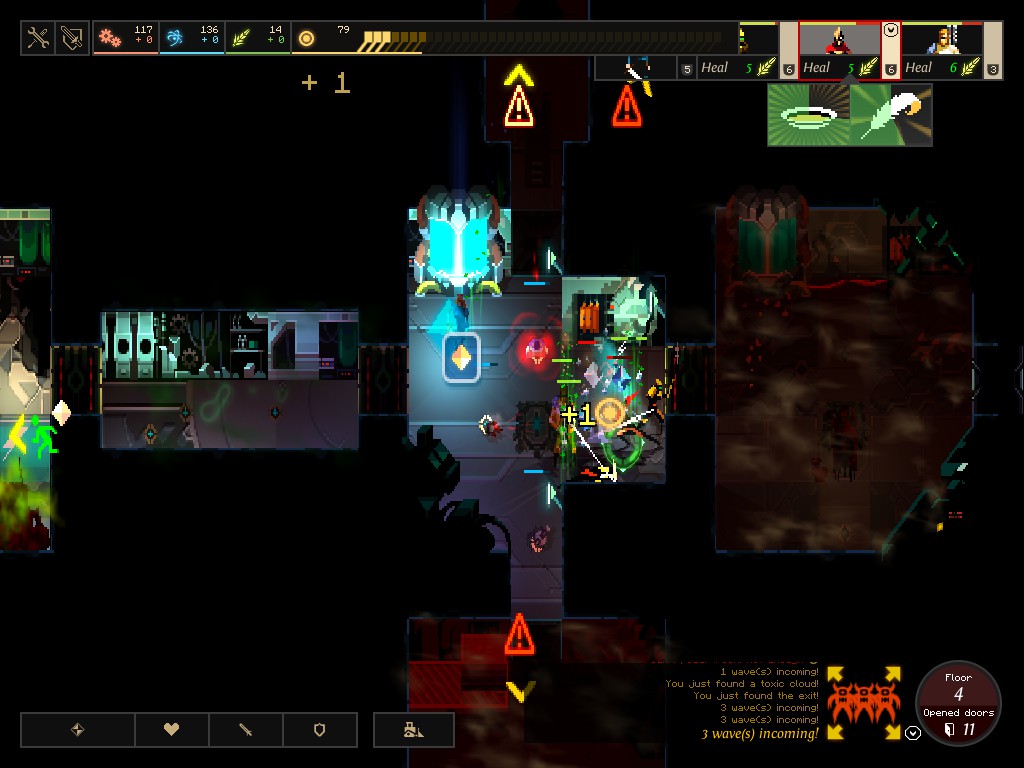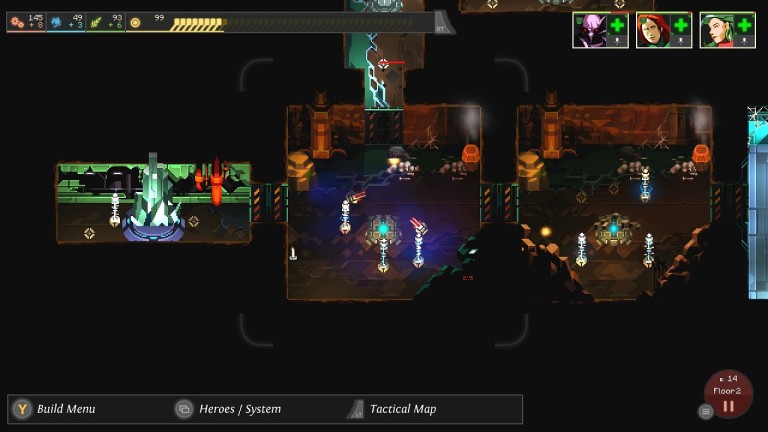


Whether it's the Antiquarian and her brigands trying to rob you blind, or the lair bosses-each a wonderful piece of visual storytelling that helps characterise this ruined world.ĭarkest Dungeon 2 lacks the same level of character investment that its predecessor had. Even if the number of battles and repeated enemies sometimes slows things down a bit too much, there are plenty of nasty surprises waiting on the road and at the heart of each region.
ENDLESS DUNGEON GAME HOW TO
Just like the first game, knowledge is as valuable as any resource and working out how to cope with each boss goes a long way to helping you actually finish runs. As mentioned earlier, paths are another excellent addition character specialisations you unlock with candles, and pick at the start of a run to buff a particular skill set and playstyle, allowing you to more easily use them in a specific role.Īs ever, the boss and enemy design is on point, and at the end of each confession you'll find a big bad waiting at the mountain guaranteed to both surprise, and most likely kill you the first time around. The Occultist and the Vestal, for instance, have tokens called Unchecked Power and Conviction, which they can harvest, and use to empower their own abilities. Tokens are also used to great effect showing off unique character mechanics. The token system provides a clear visual representation of the buffs and debuffs each character gets: a shield for protection, a speaker for taunt, an eye for blind you quickly get used to what each symbol means and how best to apply or remove them. Relationships have a chance of forming as you enter each region (Image credit: Red Hook) Fight the darkīy comparison, Darkest Dungeon 2's combat is far stronger than the first game, made flashier with new 3D animations, and easier to understand via tokens. That said, the sheer groundwork required to reach that point in terms of persistent progression is a big time commitment, and one I'm not convinced the game's five regions and nodes can necessarily bear the weight of, no matter how many times they're recombined.

While it's down to luck whether these are actually useful, they do encourage you to use your hero in different ways, rather than relying on the same few attacks.ĭarkest Dungeon 2 wants you to reach a point where you have every character, ability, and path unlocked, and I bet it's a lot of fun to randomise your party and experiment with roles and ranks, or just pick whoever has the best quirks at the start of a run and go from there. This adds a random mutual buff to two of their abilities. If two of your heroes gain a positive affinity by fighting together, keeping stress low, and doing stuff at the inn between each region, there's a chance they form a bond. Relationships also seem to push you towards being more flexible.

It's a fun tactical experience on the whole, but it can border on being a bit of a slog at times. But at the same time, it's placing a final boss at the end of each run that you're striving to defeat, and the fastest way to do that isn't to experiment and invest with lots of heroes, but to prioritise strengthening a single party. On some level it wants you to cast the net wide experiment with multiple characters, and it incentivises this by giving each hero specific goals for candle rewards, paths that focus their role, and random starting quirks. But that's where Darkest Dungeon 2 is confusing, especially for those who played the first game. Admittedly, that's my own fault for not playing many other characters and prioritising abilities for a single team of heroes I like and want to make strong.


 0 kommentar(er)
0 kommentar(er)
